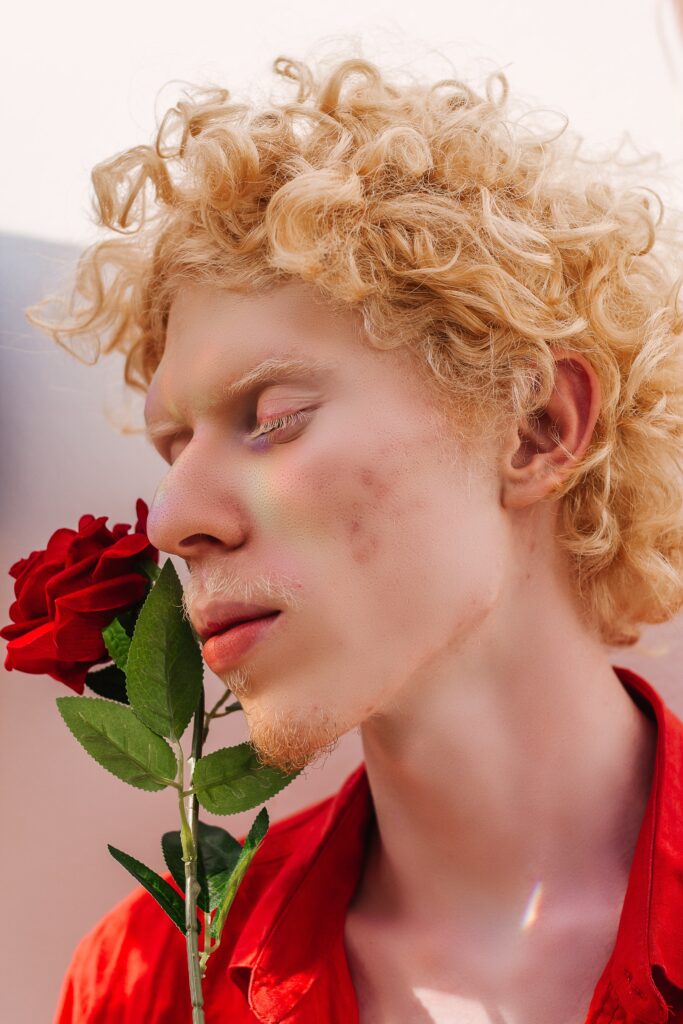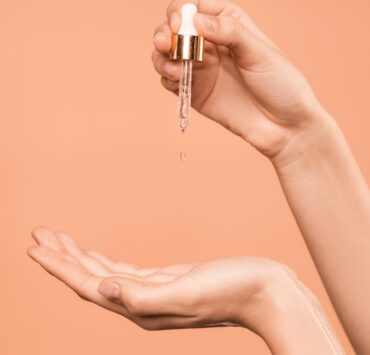4 Curly Hair Tips You Should Try This Winter

Arionna Gonsalves studied Media and Communications with a minor in…
Winter is coming! This means that transitioning your naturally curly hair from a summer regimen to a fall/winter regimen is not always the easiest thing to do. During the fall and winter months, the air is drier due to the lack of humidity in the atmosphere. In other words, there is no longer anything in the environment to help keep your hair moisturized, which means that you have to make up for the lack of moisture in your hair care routine to protect against the increased wind and decreasing moisture in the air.

Determine Your Curl Type
Before I get into how to take care of your natural curls, first it is best to determine what kind of curls you have. You could have low porosity or high porosity hair, which is the amount of moisture your hair can absorb. To determine this, you can partake in the Float Test. Take a few strands of hair from your comb or brush and drop them into a glass of water. If your hair sinks its high porosity if it floats its low porosity, and if it’s floating somewhere in the middle then you have medium porosity.
Porosity isn’t the only thing to be mindful of when determining how to take care of your curly hair. You must also look at your curl pattern, which describes the shape and tightness of your curls. There are 3 types of curl patterns that are each divided into subcategories. They are 2A, 2B, 2C, and 3A, 3B, 3C, and 4A, 4B, 4C. To learn more about curl patterns or if you’re struggling to figure out which curl pattern best describes your hair, then you can read Allure’s article on how to accurately find your curl type.
With all this in mind, it’s important to understand that not everything in this article may relate to you and your curly hair needs. Now with that settled, let’s move onto the four tips for maintaining your natural hair this winter!
Shampoo
My first tip is finding the right shampoo for your natural hair. As a fellow curly girl, I’ve found that the best ones to use during the winter are ones packed-full with moisturizing properties. This helps to prevent your hair’s natural oils from being stripped away by harsh chemicals. Additionally, it makes detangling a much smoother process, while giving it a soft and shiny feel. Some products that give great results are TGIN: Moisture Rich Sulfate Free Shampoo, Maui Moisture: Heal & Hydrate Shampoo, and Carol’s Daughter Coco Crème Curl Quenching Shampoo.

Deep Conditioner
Tip number two is making sure that you deep condition your hair regularly. This process is different from your average conditioning because it will help to soften your hair over time, but be aware that each person has different needs when it comes to deep conditioning. Some only require it once or twice a month, while others need it at least once a week. It all depends on your hair type, porosity, and how damaged your hair is. The best products that I’ve found are Shea Moisture: Manuka Honey & Yogurt Hydrate & Repair Protein Power Treatment Cream, Mielle: Babassu Oil & Mint Deep Conditioner, and As I Am: Hydration Elation Intensive Conditioner.
Masks
The third tip is to use a hair mask. These masks are designed to give you different results depending on what you are looking for. Some focus on repairing damaged hair, while others focus on growth and thickness. Overall, the main goal of a hair mask is to strengthen your hair, and like deep conditioning, the frequency with which you use them depends on what your hair type requires. You can use products such as The Mane Choice: Green Tea & Carrot Deep Strengthening & Restorative Mask Treatment, Head and Shoulders Royal Oils: Deep Moisture Masque, and ArtNaturals: Argan Oil & Aloe Hair Mask. Keep in mind that there are many DIY recipes for creating hair masks using ingredients found in almost every kitchen. You can read through Byrdie’s article on how to create your own hair masks.

Protective hairstyles
My last tip is to wear protective hairstyles. These styles can range from just putting on a beanie to creating box braids, rocking braids to wearing wigs, and Bantu knots to braided buns. It’s important to note that not all of these styles will be suited for every hair type, especially those with fine hair since the weight of some of these styles can cause alopecia. You can find more styles on Natural Hair’s blog.

Do you have what it takes to write about beauty?
Apply now and get published on RGNN!




